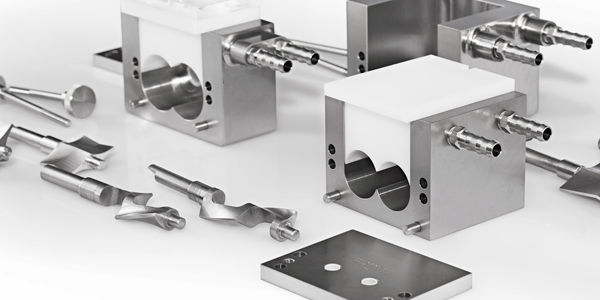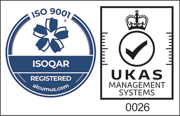Extrusion and spheronization is not always completely straightforward. A formulation required for spheronization needs to go through the following processes and achieve the following properties.
The initial formulation (powder + binder), must reach a suitable consistency for the extrusion process. This can generally be achieved using a Caleva MTR (Mixer Torque Rheometer), whereby the properties of the formulation can be determined i.e. optimum binder ratio, mixing times and consistency.
It is then necessary to carry out experiments with the formulation, to establish its extrusion properties (as successful spheronization requires good quality extrudate). In the laboratory a good choice would be the Caleva Multi Lab system (CML). It may be necessary to perform multiple experiments using both the extruder and the MTR before the optimum extrudate is achieved.
The extrudate needs to exhibit certain characteristics if successful spheronization is to take place. After extrusion it should have sufficient binder “wetness” to hold the “spaghetti like” strings together, without them all combining back together (i.e. agglomerating). The extrudate should also not be too dry, causing the strings to break up into dust, rather than pellets during spheronization.

Examples of suitable extrudate that can be used for spheronization.
In trials completed with Kyungnam University (Korea) a sample, based on the original detail from Dr. Kang, an established binder ratio of 0.43 would not extrude (even at forces as high as 1.5 tonnes), and that at 0.47 the product would extrude but immediately agglomerated, making it unsuitable for spheronization. Based on our experience it was also clear that with such a small difference in binder addition ratio, it would be virtually impossible to control a full scale manufacturing process to these limits.
We believed at the time that Dr. Kang’s subsequent suggestions to repeat the experiments with even higher binder addition ratios would be pointless, as at 0.47 we have proved that the mixture agglomerates too easily.
In general, if a product has too high a binder ratio it will tend to agglomerate after extrusion making it unsuitable for spheronization. However, if there is too little binder then extrusion is usually very difficult i.e. the product does not flow through the extruder dies or requires such high extrusion forces to be applied, that the risk of serious damage to the extruder becomes a real possibility. In both cases, when scaling up to production the results would almost certainly be unacceptable.
As stated earlier, with the Kyungnam sample of active ceramic powder and water, successful extrusion was not possible, irrespective of binder ratio. Therefore to improve the chances of this product spheronizing, the addition of other additives including possibly some form of lubricant will be needed to aid the extrusion process. However, if it is not possible to use other additives in the mixture, then no amount of further experiments along these lines will result in a solution to the problem.
We are aware of processes using ceramics that are being spheronized, in some cases they are adding clay like materials, such as Bentonite to their formulations in order to achieve acceptable extrudate.
In the last few years Caleva has built up a considerable body of experience working with these difficult products using a range of additives and techniques.
Once an optimum extrudate has been produced, experiments with the spheronizer can then take place. Factors such as spheronizer load, speed and residence time can then be experimented with, along with other processing variables such as temperature and humidity.
In conclusion, to achieve successful spheronization of a formulation, it is essential that the base mixture meets the criteria relating to binder characteristics, allowing it to extrude. In our experience successful spheronization only occurs when a high quality extrudate is available.
We have gained large amounts of experience in pharmaceutical and non-pharmaceutical extrusion and spheronization (such as catalysts, food and cosmetic products, fish food and others) in the last few years. So, if you're looking to extrude or spheronize, and have access to that experience, then contact us.



Leave A Comment